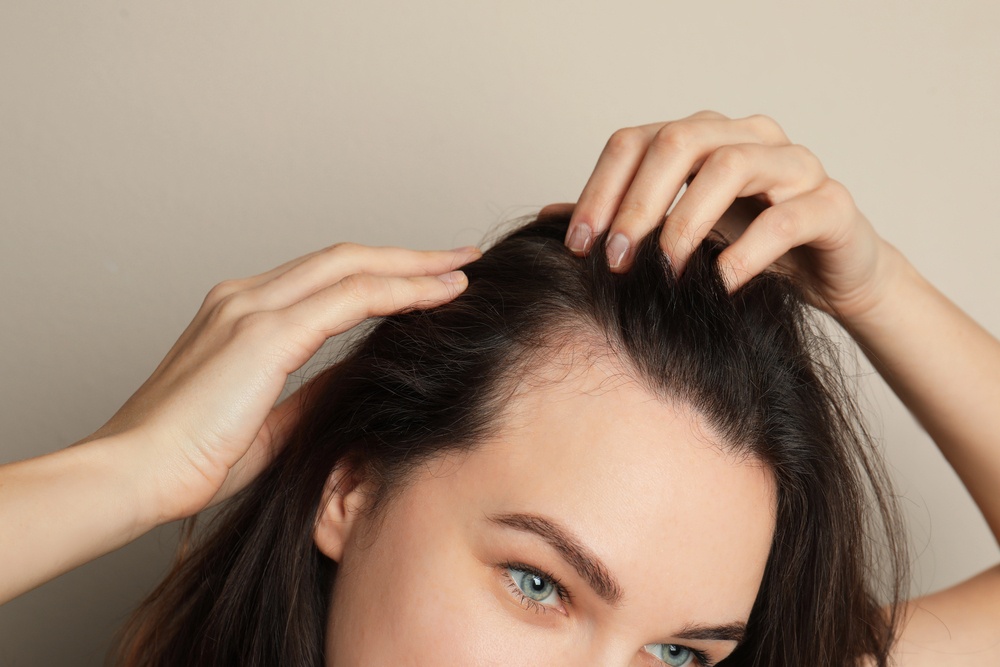
Hair loss is a common concern that affects people of all ages and genders. Whether it's due to genetics, age, hormonal changes, or medical conditions, the emotional and social effects can be significant. In recent years, exciting new developments have emerged in the field of hair restoration. One of the most promising options is stem cell hair restoration, a modern, non-surgical technique that is gaining momentum in 2025.
If you're exploring treatment options and want to better understand what this therapy involves, this guide will walk you through the basics of stem cell hair restoration, what to expect, and whether it might be right for you.
Stem cell hair restoration is a non-surgical procedure that uses the body’s own regenerative cells to promote new hair growth. Unlike traditional hair transplants, which involve surgically removing and grafting hair follicles, stem cell therapy focuses on reactivating existing follicles to grow hair naturally.
The process usually begins by collecting a small sample of fat tissue from the patient, often from the abdomen or thigh. That tissue is then processed to extract stem cells and other healing components. Once prepared, the stem cell solution is injected into the scalp in areas where hair is thinning or balding.
Because the treatment uses the patient’s own cells, there is minimal risk of rejection or allergic reaction. Stem cells can support tissue repair and regeneration, which in this case means helping hair follicles return to their active growth phase.
This method is appealing because it’s minimally invasive, involves little to no downtime, and offers a natural-looking result. Rather than replacing hair, the goal is to restore the body’s ability to grow it again using its own healing mechanisms. Many patients begin to see improvements in hair thickness and density over time, especially with multiple sessions.
In addition, for those interested in exploring how stem cell therapies can support overall wellness beyond hair restoration, treatments aimed at reducing chronic pain are also becoming increasingly popular. Stem cell therapy and its regenerative treatments may benefit chronic pain; they can help manage inflammation and promote healing in various conditions, offering a non-surgical option for relief.
The science behind stem cell hair restoration is rooted in the body’s natural healing abilities. Stem cells are unique in that they can transform into different types of cells, including those involved in tissue repair and regeneration.
Here’s how the treatment usually works:
You must take into account that most patients require multiple sessions for optimal results. For consistent results, it’s best to space the sessions several weeks or months apart.
In 2025, stem cell therapy is seen as one of the most advanced forms of non-surgical hair restoration. It offers several benefits compared to older techniques:
However, it’s important to remember that results can vary depending on factors such as age, hair loss pattern, overall health, and the expertise of the medical provider. Because every case is different, the most reliable way to determine your needs is through a professional consultation.
Stem cell hair restoration is best suited for people in the early to moderate stages of hair loss, those with thinning hair or small bald patches, rather than complete baldness.
You might be a good candidate if:
Remember that people with advanced hair loss or completely inactive follicles may need to explore additional or alternative treatments.
While stem cell therapy is generally considered safe, it’s still a relatively new technique in the field of hair restoration. That means:
As with any cosmetic or medical procedure, you should have a detailed consultation before deciding. A qualified provider will evaluate your scalp, discuss your goals, and let you know whether you’re a suitable candidate for stem cell hair restoration.
Most patients tolerate stem cell therapy well. After the treatment, you may notice mild redness or swelling at the injection sites, which usually goes away within one to two days.
Over the following months, you may begin to see a gradual improvement in hair density. For many patients, the most noticeable results appear between three to six months after treatment, although this can vary depending on individual response.
Your provider may also recommend follow-up sessions or complementary treatments to help enhance and maintain your results.
If you’re exploring stem cell therapy for hair loss, expert guidance can make all the difference. At Cellabration Wellness, we combine advanced regenerative techniques with a personalized, whole-body approach to support your long-term results. Whether you're noticing early thinning or want to improve scalp health naturally, we’ll help you create a plan tailored to your goals. From consultation to follow-up care, we're here to support your journey every step of the way.
Reach out to Cellabration Wellness by calling (858) 258-5090 to schedule your free consultation.
